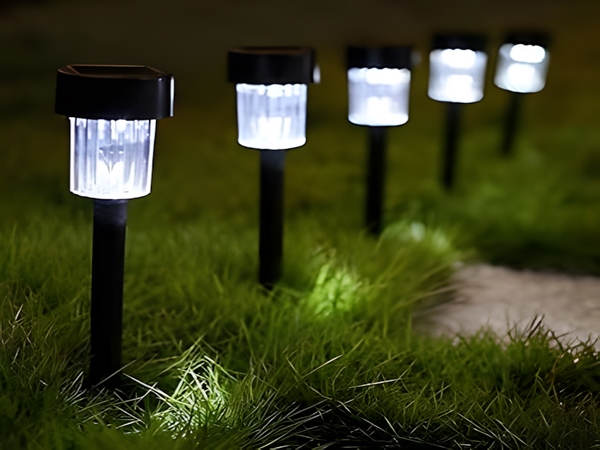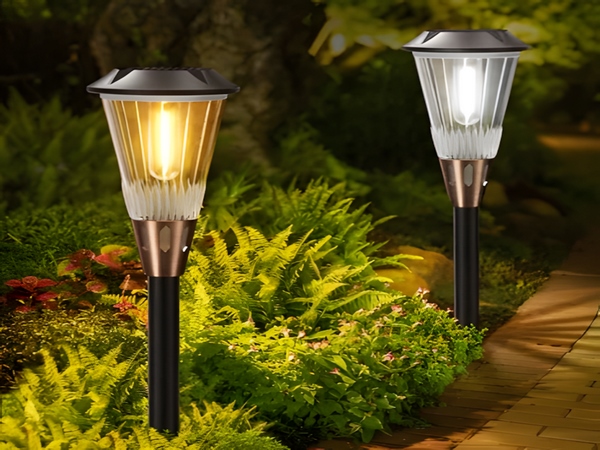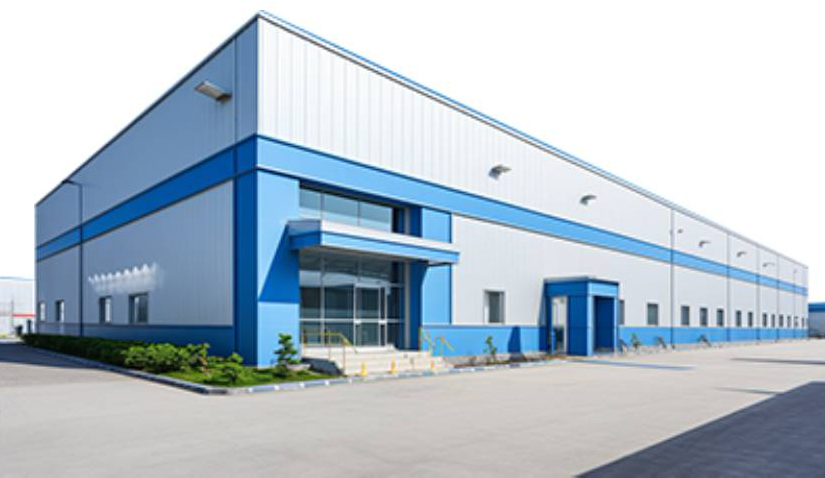Solar energy is recognized worldwide as a renewable energy source with immense potential. Due to its non-polluting nature, various solar energy products are continuously being developed, with solar street lights being among the most commonly seen. The demand for solar street lights is widespread, whether for engineering bids or new rural roads. As an essential component of solar street lights, what should be considered in the adjustment of solar panels? Below, we will provide a detailed introduction to this issue.

1. Issues with adjusting the angle of the solar panel can lead to low charging efficiency.
The correct angle adjustment of the solar panel follows a simple principle: let sunlight strike the solar panel directly to maximize charging efficiency. In different locations, the tilt angle of the solar panel can be referenced to the local latitude; the solar panel should be tilted at an angle that corresponds to the latitude. Therefore, adjustable angles of solar panels are crucial for different latitudes and road surfaces.
2. Too many obstructions at the installation site can decrease the charging efficiency of the solar panel.

3. When lights are installed on both sides, the solar panels face each other at an angle.
For aesthetic reasons, installation personnel may install solar panels symmetrically at an angle facing each other. However, if one side is oriented correctly, the other side will undoubtedly be incorrect. The incorrect side, unable to receive direct sunlight, will thus experience reduced charging efficiency.
4. The presence of other light sources near the solar panel.
This can cause the charging voltage of the solar panel to exceed the light control voltage point, preventing the lights from turning on. For example, if another streetlight is adjacent to a solar street light, when night falls and the neighboring light turns on, the solar panel may mistakenly detect this light source as daytime, causing the controller to prevent the light from turning on.
5. The solar panel is charged indoors.
Some customers may install solar lights in carports for convenience at night but also place the solar panels indoors. This will considerably diminish the charging effect. In such cases, we recommend a setup where the solar panel charges outdoors while the lamp discharges indoors, allowing the solar panel and the lamp to be separated.
6. Arbitrarily extending the connection wire of the solar panel.
In some locations, due to excessive interference, solar panels are installed at significant distances from the lamp, with some customers separating them by over ten meters or more, then carelessly connecting them with two-core wires purchased from the market. The general quality of available wiring is not very high, and with longer distances, there will be significant wire loss, resulting in reduced charging efficiency and affecting the lighting duration.
The above considerations regarding the adjustment of solar panels in solar street lights summarize key points. Overall, solar street lights automatically turn on at night, eliminating much maintenance work and providing better lighting for people. With this introduction, we hope everyone has gained a better understanding of solar street lights.

